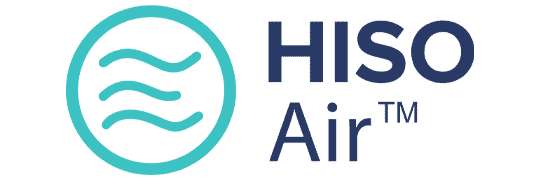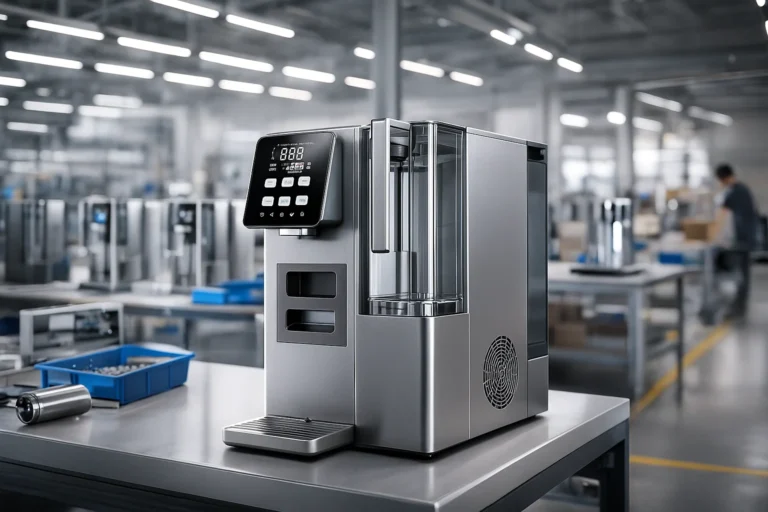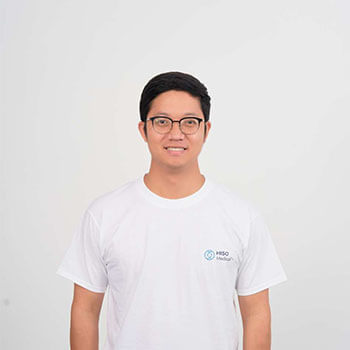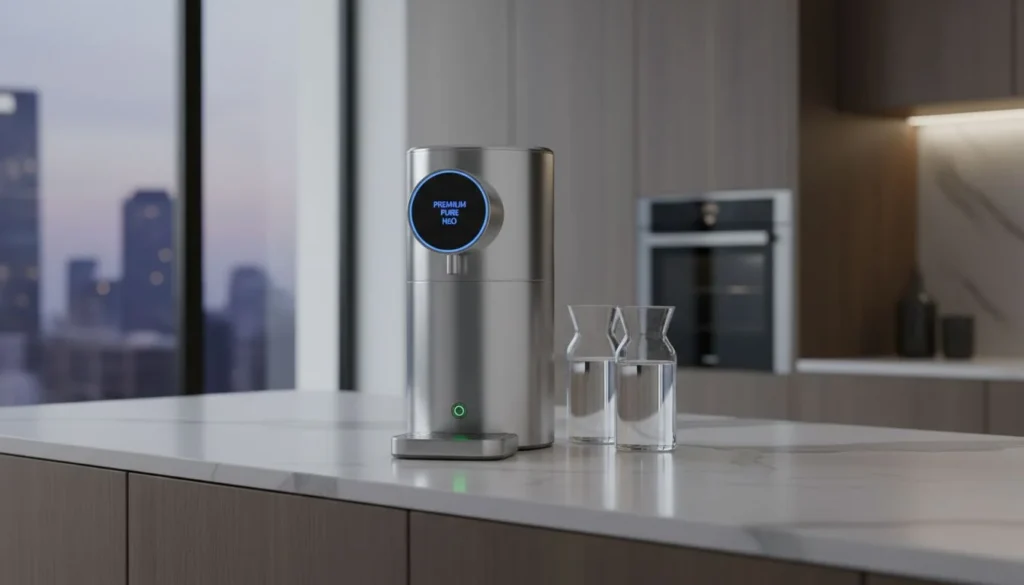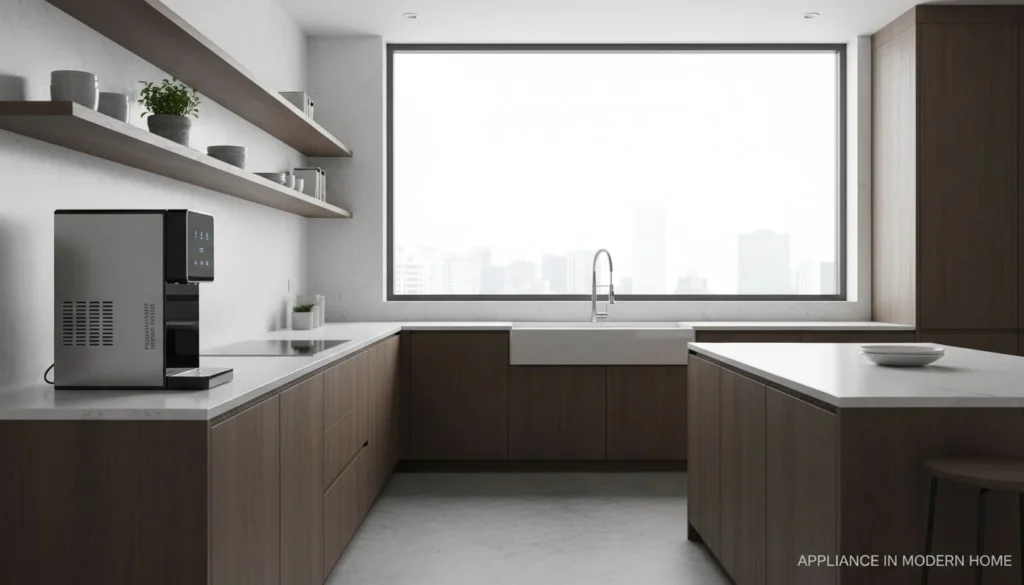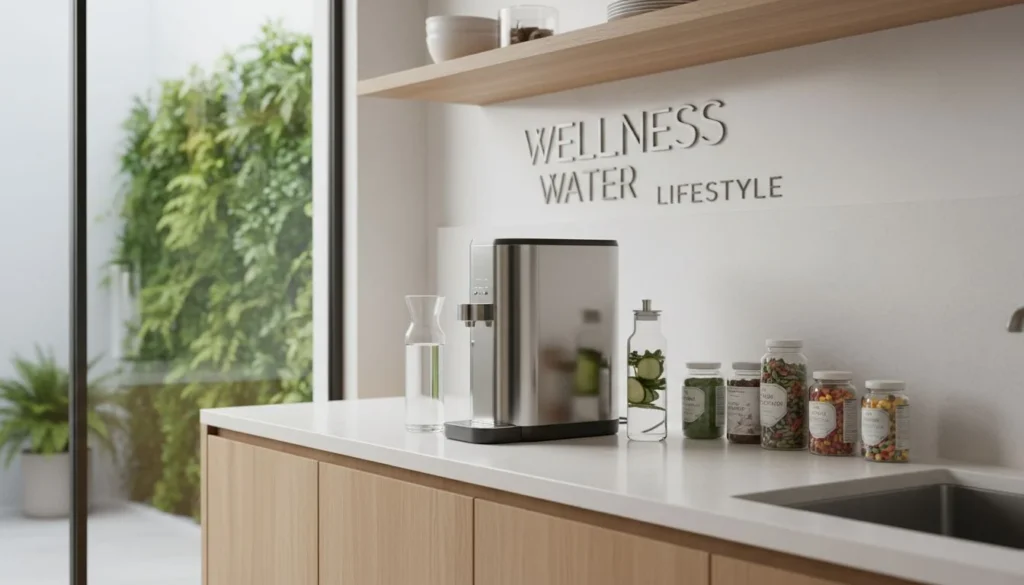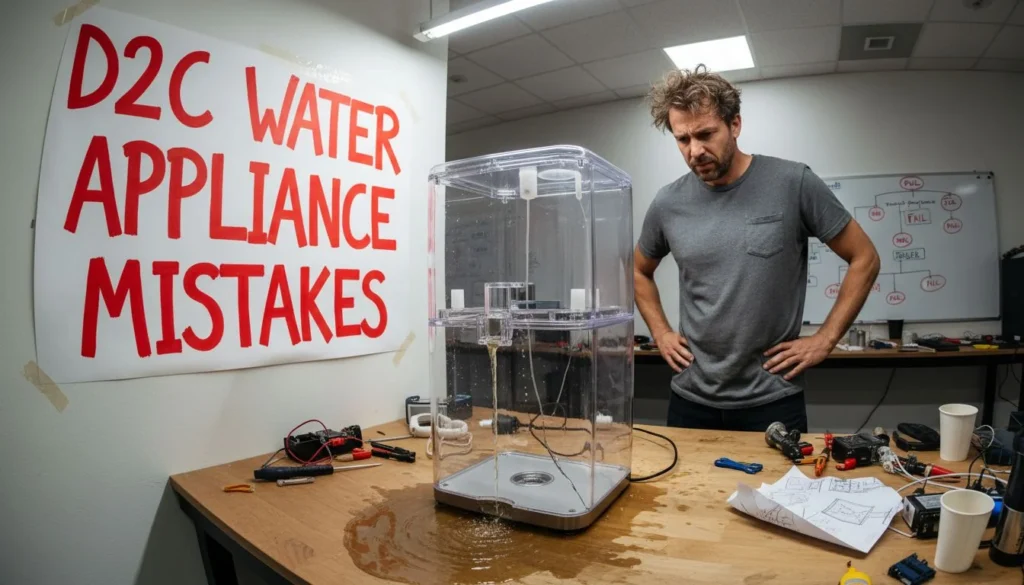Providing clean, safe, and great-tasting water in the workplace is no longer a simple perk—it's a fundamental component of employee wellness, productivity, and company culture. In a world where health and hygiene are paramount, the humble water cooler has evolved into a strategic asset.
But with a dizzying array of technologies, models, and financing options, how do you choose the right system for your unique workspace?
This guide moves beyond a simple product comparison to offer a comprehensive framework for making an informed decision. We'll walk you through a step-by-step process, from analyzing your water quality to calculating your team's needs and understanding the financial implications—ensuring your investment enhances your workplace for years to come.
Step 1: Understand Your Water Before You Treat It
The first and most critical step in selecting a purifier is to know exactly what you need to filter out. Water quality varies dramatically depending on your location, municipal supply, and even the plumbing within your building. Making a choice without this data is like navigating without a map.
Start with Your Local Water Report
If you're connected to a municipal supply, check your Consumer Confidence Report (CCR)—required annually by the U.S. EPA. You can typically find it on your local water utility's website or request it directly.
Key data includes:
- Water Source (rivers, lakes, aquifers)
- Detected Contaminants
- Compliance status with safety standards
Why Professional On-Site Testing Is Non-Negotiable
A CCR offers a baseline, but it won’t detect building-specific risks—like lead from old pipes or contaminants from stagnant water.
Professional commercial water testing should include:
- Microbiological contaminants (E. coli, Legionella)
- Chemical & inorganic contaminants (lead, arsenic, VOCs)
- Aesthetic factors (TDS, hardness, pH, turbidity)
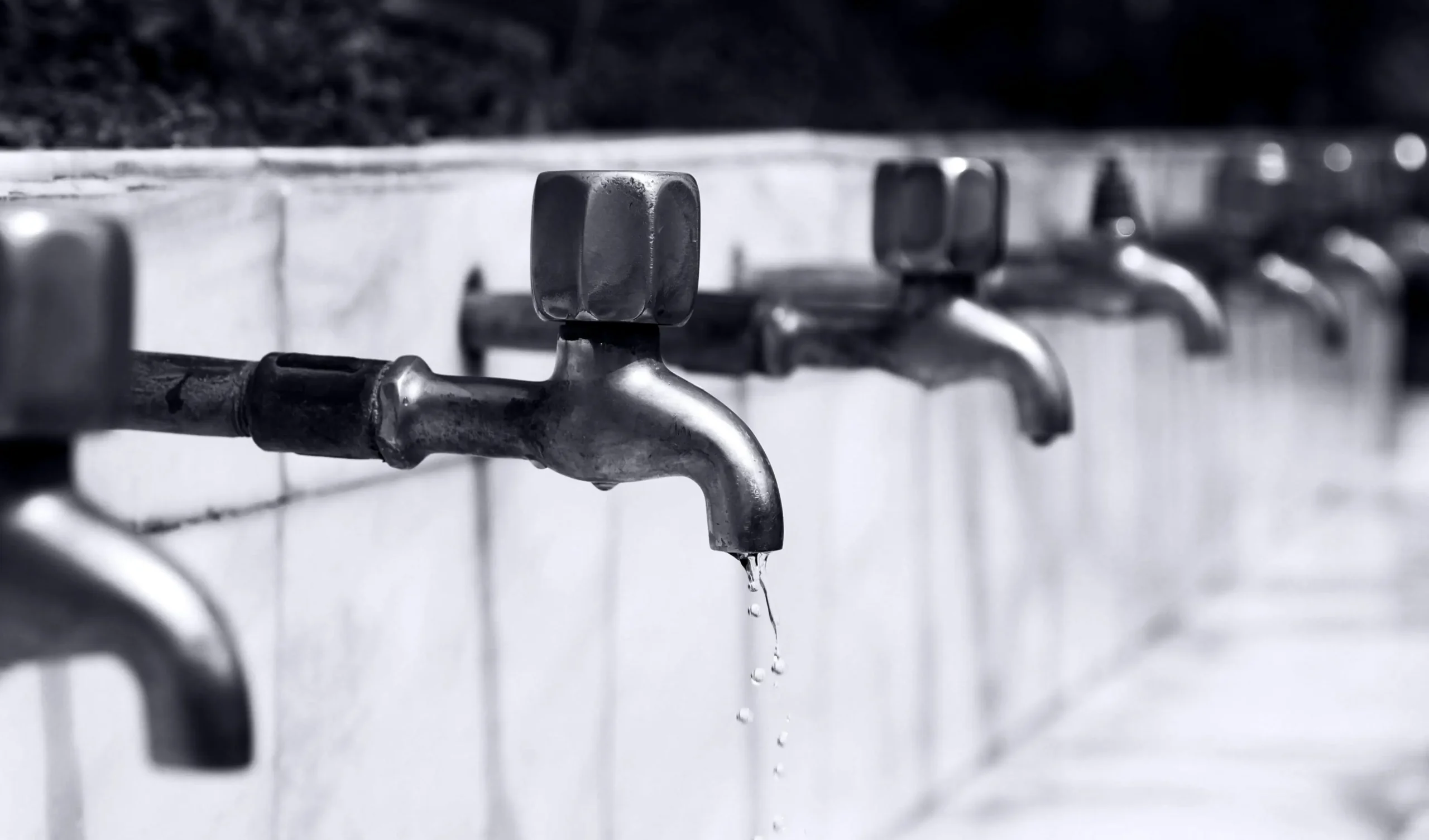
Step 2: Calculate Your Workspace’s Hydration Needs
Choosing the right system size is essential—too small, and you'll have shortages; too large, and you’re overspending.
Use This Formula:
Total Daily Drinking Water (Gallons) = (Employees + Visitors) × 0.5–1.0 gallons
In an office, include water for coffee, tea, and food prep, so estimate closer to 1 gallon per person.
Also, consider:
- Peak demand (e.g., lunch hour surges)
- Gallons per day (GPD) + Flow rate
- Build in a 20–25% growth buffer
Step 3: Match the Technology to the Contaminant
Armed with your water test and consumption needs, it's time to match purification technology to your use case.
Core Purification Technologies:
-
Activated Carbon (AC)
- Improves taste/odor
- Removes chlorine, chloramines, VOCs
- Doesn’t remove heavy metals, microbes, or TDS²²
-
Reverse Osmosis (RO)
- Removes up to 99% of all contaminants, including TDS, heavy metals, nitrates, bacteria, and viruses
- May waste water, strip beneficial minerals, and require storage tanks
-
Ultraviolet (UV) Sterilization
- Kills bacteria/viruses using UV-C light
- Requires clear water for full effectiveness
- Does not filter chemicals or solids
✅ Best Practice:
Use a multi-stage system with:
Sediment Pre-Filter → Carbon → RO Membrane → UV Sterilization
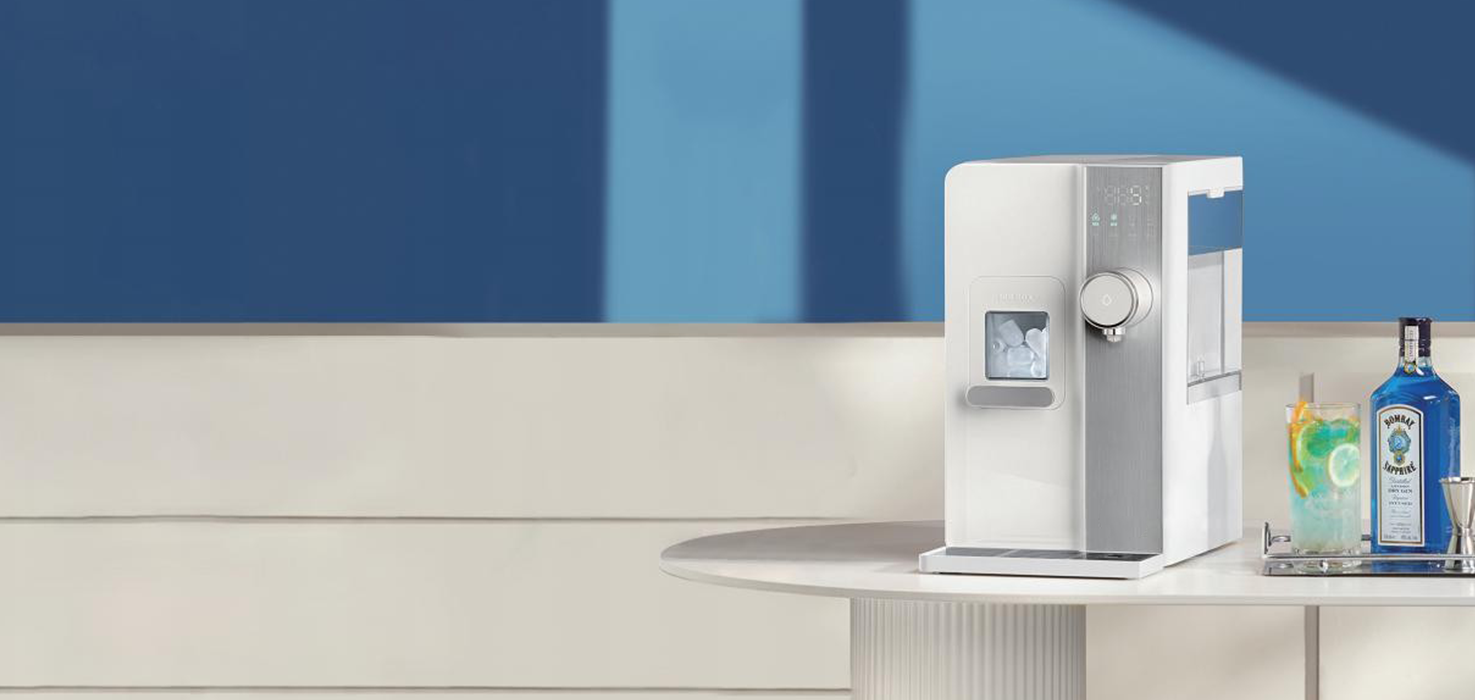
HisoAir - RO Water Purifer & lce Maker with UV Protection HW-HCI01
Step 4: Choose the Right System Architecture and Features
Point-of-Entry (POE) vs Point-of-Use (POU)
-
POE (Whole Building)
- Treats all incoming water
- Ideal for addressing hardness or systemic issues
- May fall under public utility regulations in some areas
-
POU (Localized Treatment)
- Installed at dispensing points
- Ideal for drinking water & final purification
- Best for targeting last-mile contamination like lead
Dispenser Form Factors:
- Freestanding Coolers – High-capacity, great for breakrooms
- Countertop Units – Compact for small teams or reception areas
- Under-Sink Systems – Discreet and faucet-integrated
Modern Features to Look For:
- Hot, cold, ambient water options
- Sparkling water or flavor/enhancement cartridges
- Touchless dispensing (sensors or QR code activation)
Step 5: Analyze the Financials – Buy vs Rent & TCO
A strategic purchase goes beyond the price tag.
What is TCO? (Total Cost of Ownership)
TCO includes:
- CAPEX: Upfront purchase + installation⁵¹
- OPEX: Filters, electricity, water usage, and maintenance
Buy vs. Rent
-
Buying
- Lower cost over time
- Full ownership
- You handle maintenance (or pay for it separately)
-
Renting/Leasing
- No upfront investment
- Predictable monthly payments
- All-inclusive servicing—filters, repairs, maintenance
Step 6: Verify Quality and Plan for Longevity
Third-Party Certifications: Your Quality Guarantee
In an unregulated industry, certifications matter.
Look for:
-
NSF International
- NSF/ANSI 42 – Chlorine, taste/odor
- NSF/ANSI 53 – Lead, cysts, VOCs
- NSF/ANSI 58 – RO systems (TDS & heavy metals)
-
Water Quality Association (WQA)
- Gold Seal = meets or exceeds NSF standards
These are essential for risk management and compliance assurance.
Installation & Maintenance
Unless using a basic unit, always use certified technicians.
Avoid neglect—a poorly maintained unit can breed bacteria.
Many businesses choose:
- Annual Maintenance Contracts (AMCs)
- Or rental packages with all servicing included
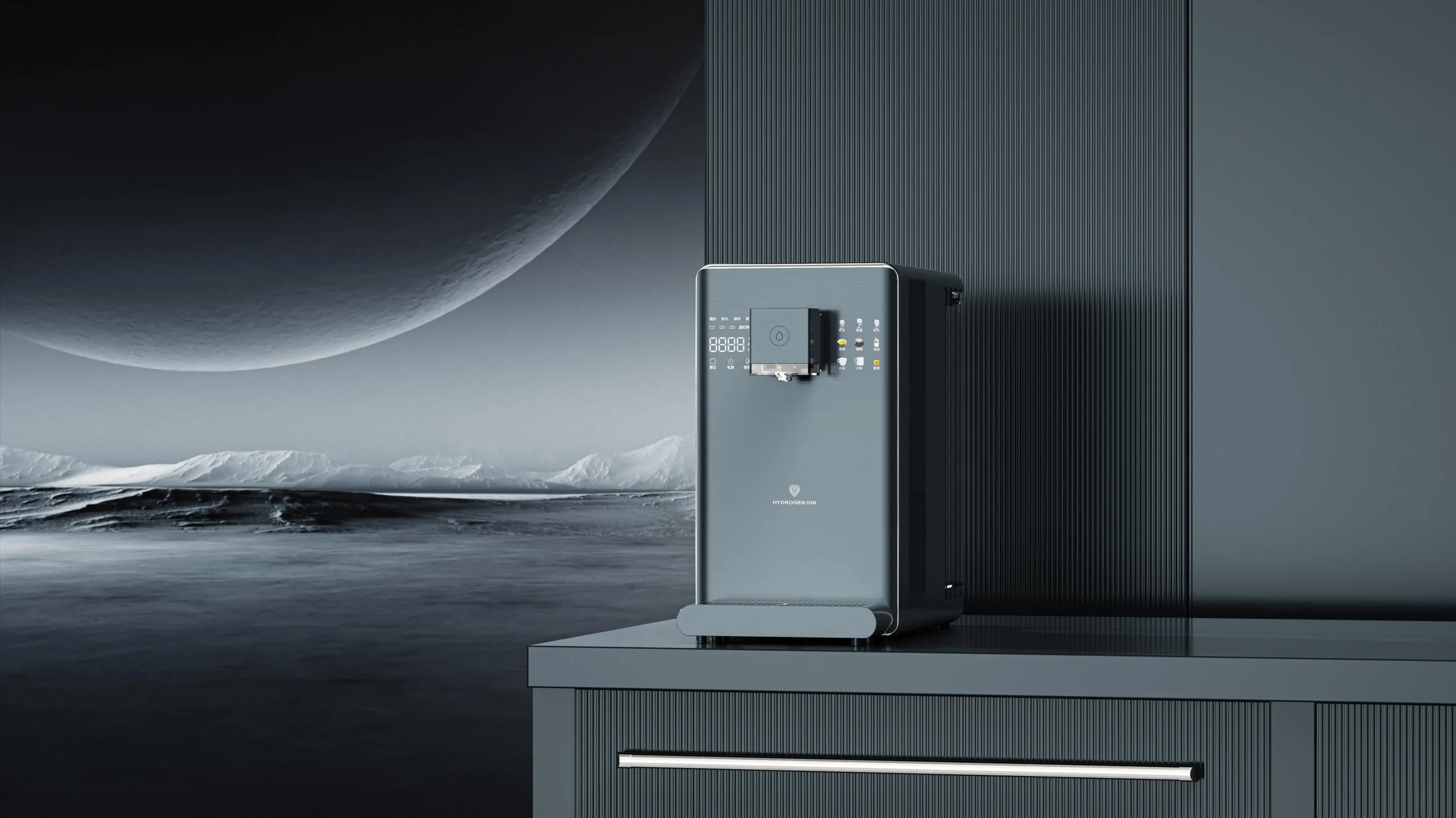
HisoAir - 20+ Years of Innovation in Water Technology,OEM/ODM Water Purification Manufacturer
Conclusion: An Investment in Your People
Choosing the right water purifier is more than a facility decision—it’s a strategic investment in employee health, morale, and productivity.
By taking a data-driven approach—from testing water and assessing consumption to choosing certified technologies and calculating true costs you’ll deploy a safe, effective, and future-proof hydration solution.
This isn’t just about water.
It’s about investing in what truly matters: your people.
